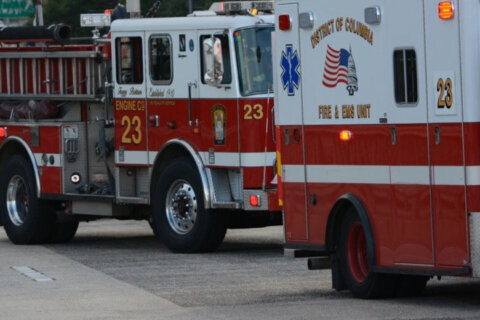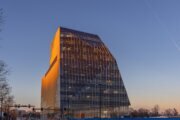WASHINGTON — It’s too early to know when the cherry trees around the Tidal Basin will be at peak bloom, but many trees around the Monumental Core are already bursting with vernal color.
Around this time every year, Washington devotes a lot of time to predicting, scrutinizing and photographing the famous Yoshino cherry bloom while many other flowering trees go largely ignored. The National Park Service is expected to announce its projected peak bloom dates for the cherries on Thursday, but dendrophiliacs downtown have plenty to appreciate right now.
A stroll across the National Mall reveals patches of color from a variety of trees already this year with winter poised to finish on a mild note. Several Higan cherry trees near the Washington Monument have been soaking in record warmth this February and are blooming now, as they often do during mild autumns and winters.
“You’re going to see all of the flowering fruit trees, whether they’re fruit-bearing or not: ornamental cherries, apples, pears, all of those trees,” said WTOP Garden Editor Mike McGrath.
The brilliant magenta blossoms of the Japanese apricot trees outside the U.S. Botanic Garden can be seen from blocks away. The tree is a member of the plum family and is native to China. The tree’s shape resembles the gnarly stance of the cherry trees that surround the Tidal Basin. A couple more pink varieties are scattered behind the Smithsonian Air and Space Museum.
Behind the Washington Monument visitors center, slender white petals are pushing through the fuzzy buds of a few star magnolias.
“There are many species of magnolias, and they all bloom at slightly different times. They’re pretty strong plants. Their leaves and flowers are kind of leathery. They’re more resistant even to frost damage than something with a very fine flower like a crab apple or flowering cherry,” McGrath said.
Last year, the warmest February on record was followed by a late-season winter storm and cold snap that damaged many cherry and magnolia blooms. Some flowering trees have adapted to winter’s temperature tantrums, McGrath said.
“Nature can actually hold back some buds from breaking open and let them come out sequentially. It’s a great survival technique, in that some of the flowers are bound to open and they’ll get pollinated, which ensures the survival of the plant long term.”
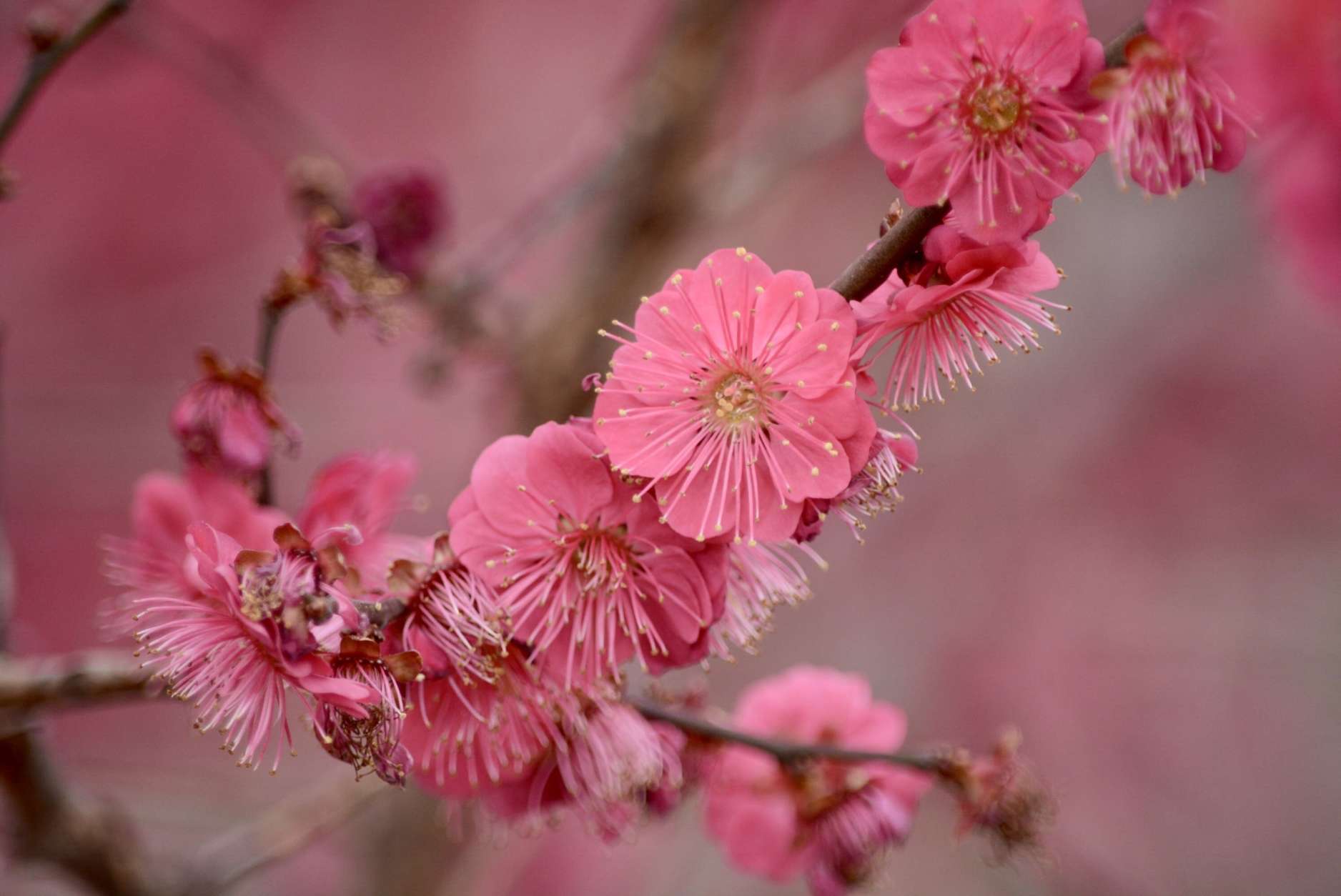
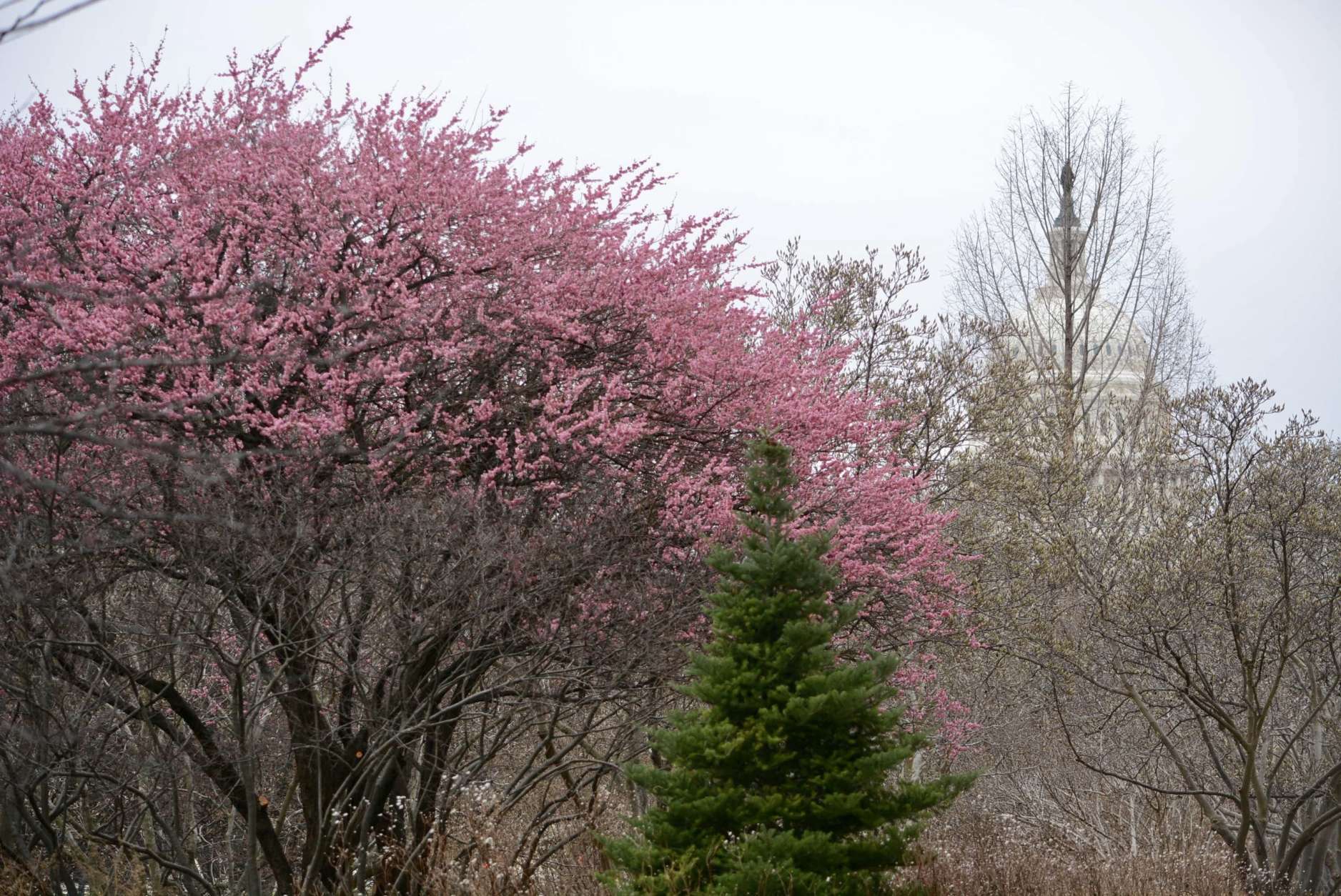
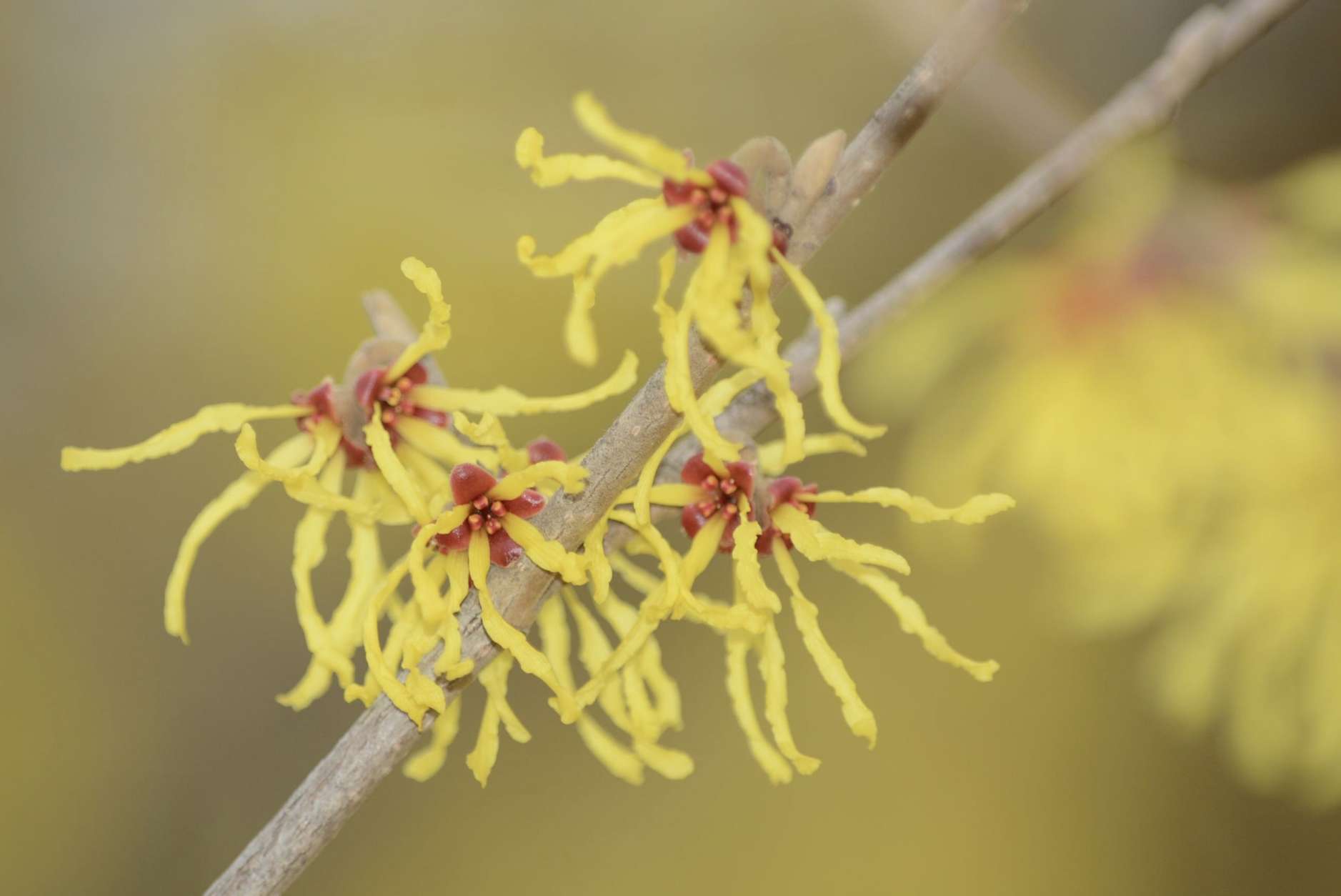
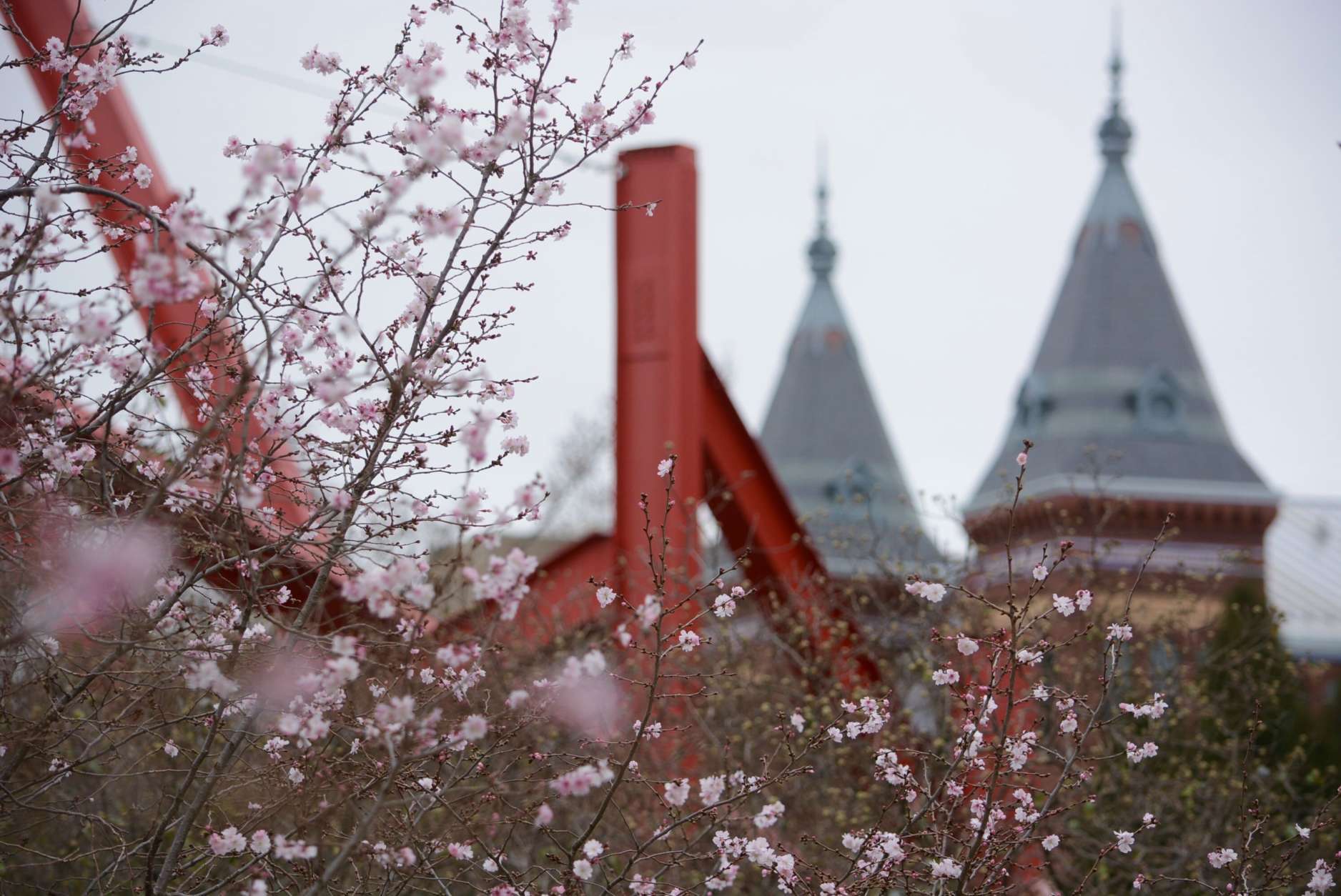
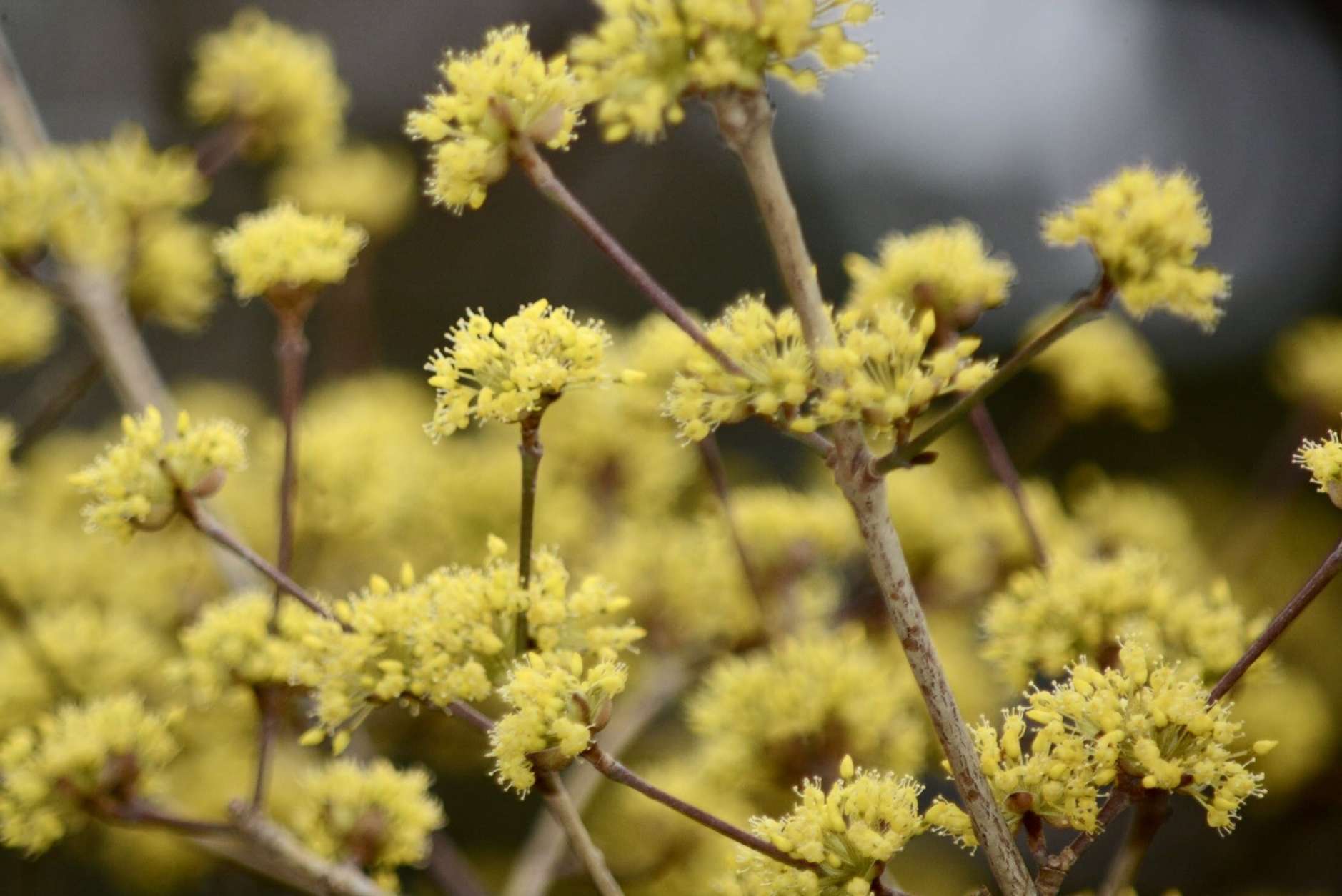
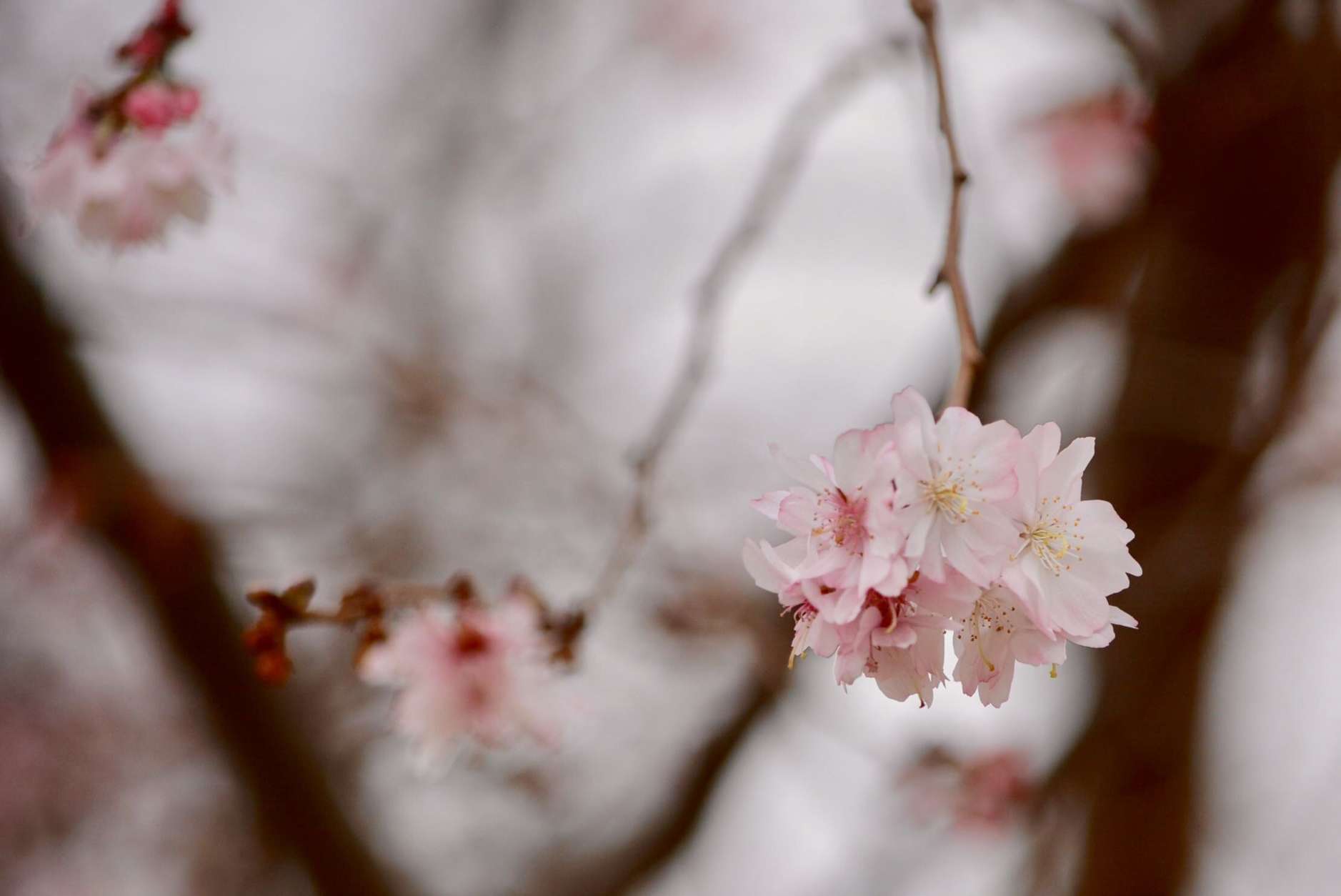
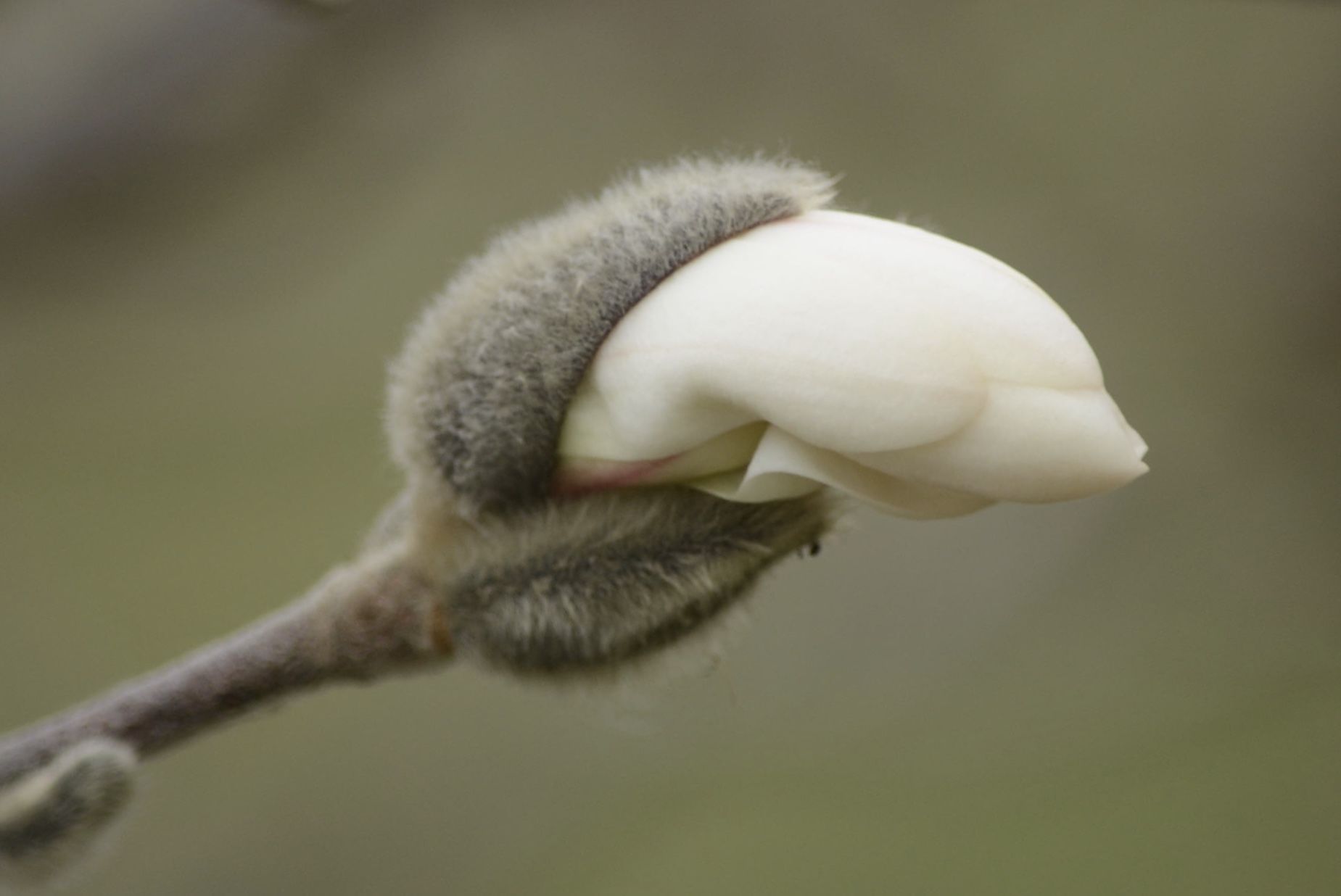
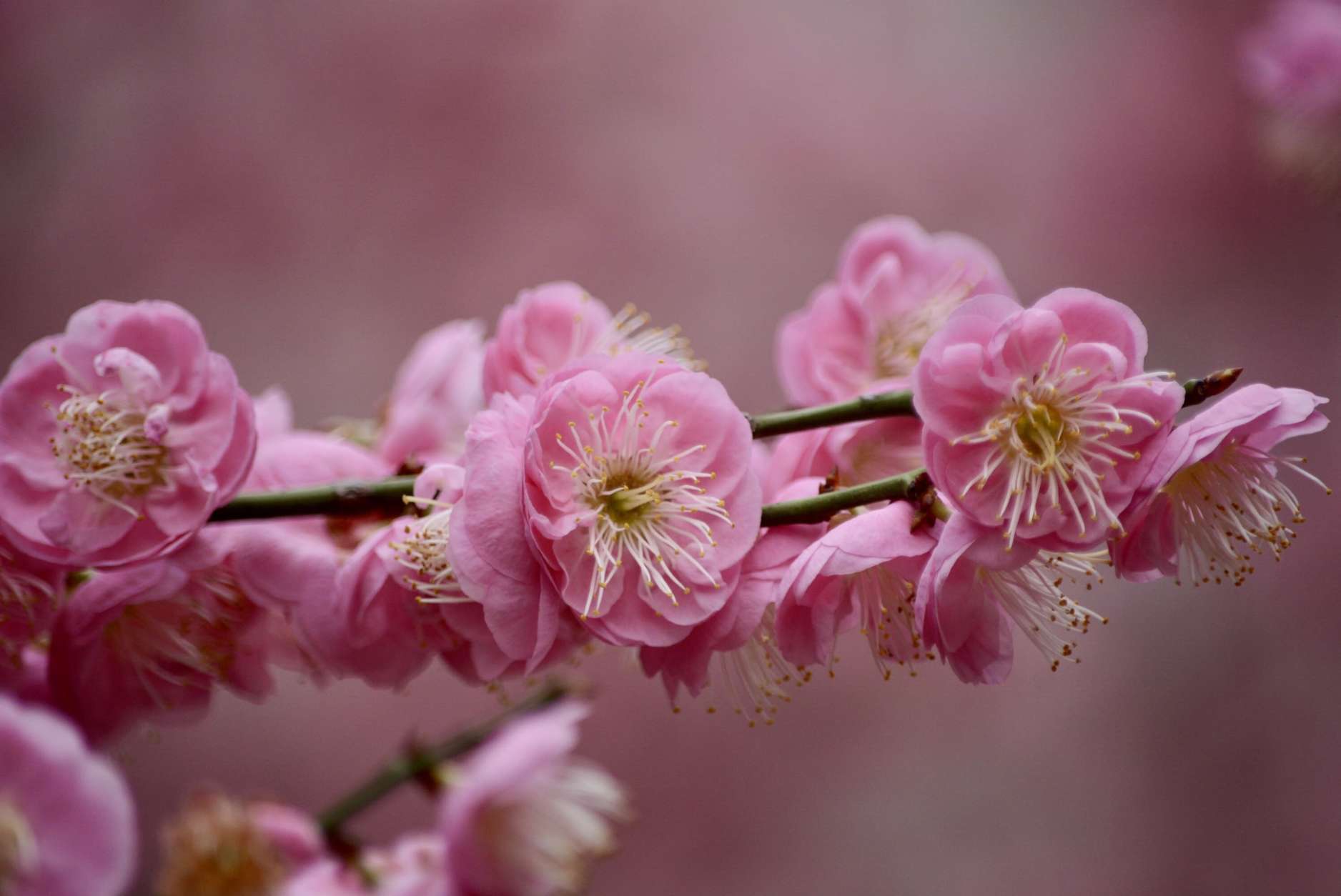
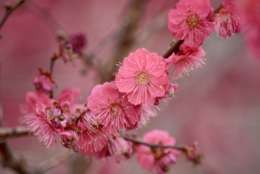
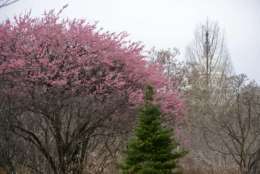
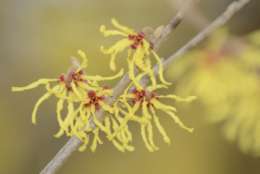
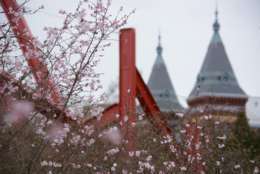
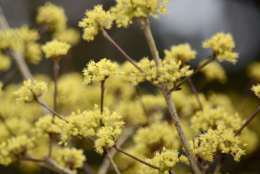
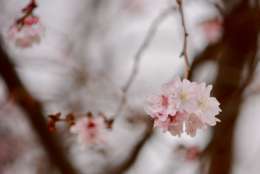
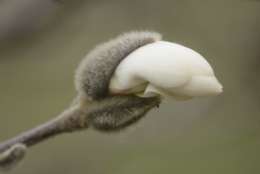
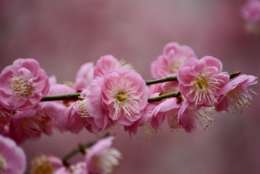
Near the Smithsonian Castle, a few witch hazel trees are in full bloom. Their intensely fragrant, yellow flowers are easy to see and smell from far away.
In front of the Air and Space Museum, Forsythia shrubs are aglow. Voluminous, yellow forsythia blooms are a common sight in around the region during warm winters.
All the while, the parking strips and hillsides are peppered with spring flowers such as crocus and snowdrops. Along the Rock Creek Parkway and near Rose Park, a slope locally known as Daffodil Hill is already tinged yellow by spouting daffodil trumpets.
With spring right around the corner, the infamous Bradford pear and crab apple trees will be spreading their petals soon as well. Temperatures are expected to remain seasonable this week but forecasters say colder, stormier weather is possible in early March. That could stun flowering flora for the second year in a row.
“Gardening is like baseball: Sometimes you get a good year, and sometimes, very early in the season, you’re saying ‘Wait until next year; we’ll do better,'” McGrath said.



